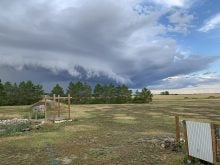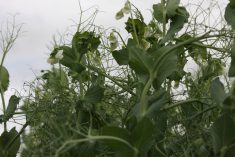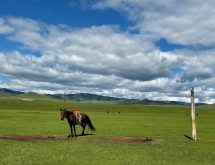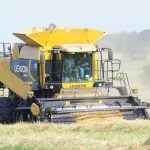Garth Butcher was changing settings on his combine for his late summer harvest near Birtle, Man., Aug. 30, but he hoped to switch to a seeder by week’s end to plant winter wheat.
He said the early harvest in Manitoba would allow him to get his fall seeding underway before moisture reserves shrink with the return of warm weather.
Butcher plans to plant 600 acres, up from 400 last year, an increase he expects to see across Manitoba this fall.
Winter wheat acreage spiked across the Prairies last year, according to the statistics unit of Alberta Agriculture. Approximately 1.2 million acres were seeded at this time last fall, up from 745,000 the previous year.
Read Also
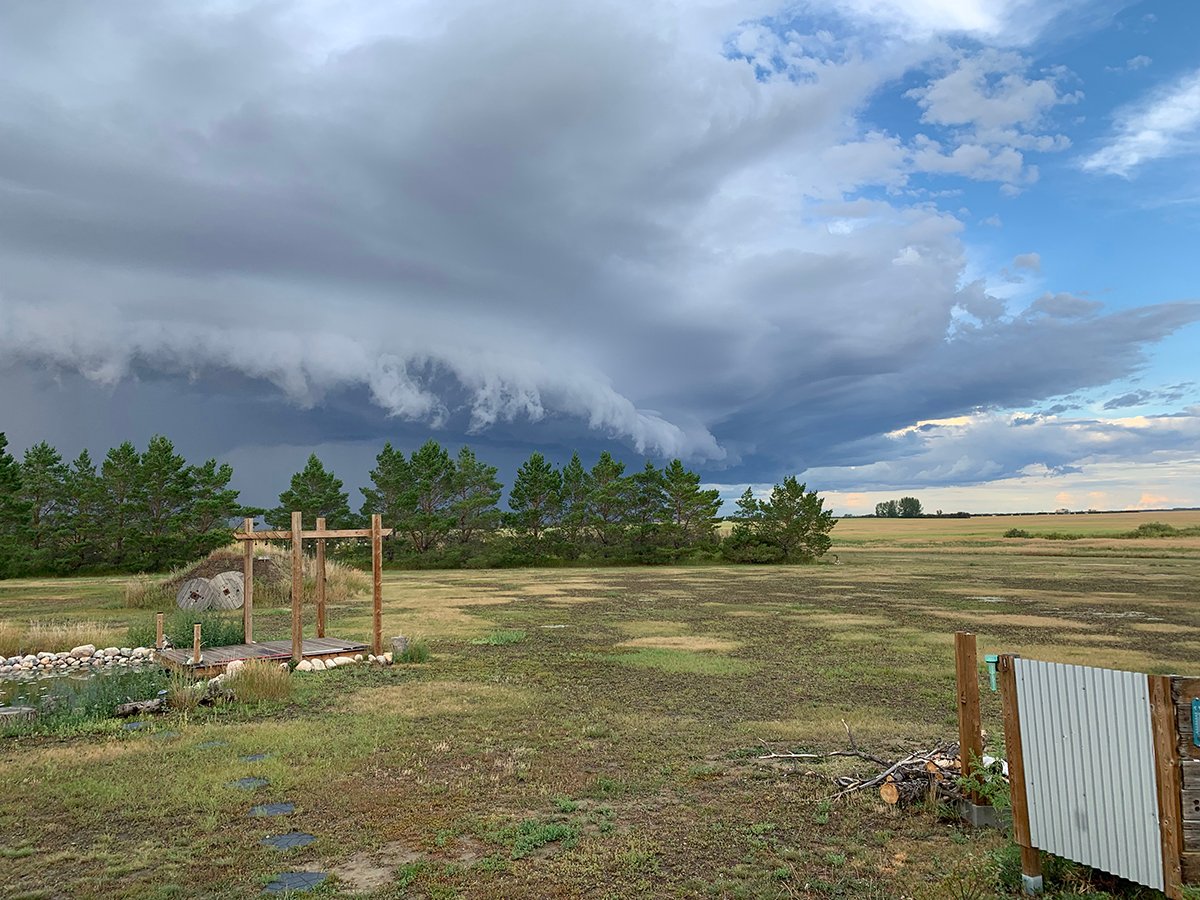
Storm dynamics and extreme rainfall
Besides moisture, instability and orographic lift, the next biggest factor that contributes to heavy or extreme rainfall is storm dynamics.
Seed supplies have dwindled for winter wheat this fall, said Butcher, who produces half of his crop for seed.
“The bottom line is the bottom line,” he said of his reasons for growing winter wheat.
He cited strengthening prices and markets with both the Canadian Wheat Board and the fledgling ethanol industry.
Butcher’s winter wheat yielded 60 bushels per acre with No. 1 grades this year. It usually produces about 40 percent more than his spring wheat.
Minnedosa, Man., producer Bob McNabb finds winter wheat attractive because it spreads out the work.
The 500 acres he hoped to put in this week mean fewer acres to seed in spring.
“We get some work out of the way in the fall,” he said.
Balancing the harvest of spring crops with planting of fall ones can be tricky, said McNabb, who usually seeds on days when it’s too damp to combine.
Seeding conditions are ideal this year with lots of available stubble, said Kim Brown-Livingston, a farm production adviser with Manitoba Agriculture.
Winter wheat planting is underway in Manitoba, with most expected to go into the ground in the next two weeks.
Brown-Livingston said good stand establishment is critical for winter survival and early spring vigour.
“If it doesn’t go into the winter well, it won’t survive,” she said.
Here are some tips for seeding winter wheat:
- Sow into canola or flax stubble to reduce the risk of winterkill.
- Stubble must be tall enough and uniform across the field to trap a loose, insulating blanket of snow over the winter. When the snow melts, it adds moisture for crop use in spring.
- Shallow seeding is important since deep seeding results in weak, spindly plants, leading to winter damage, poor weed competition, later maturity and lower yield. The crown should be no more than one inch below the surface. Deep seeding means the plant has to expend extra energy to move the crown up.
- Seeding rate should be 1.5 to 2.5 bushels per acre to achieve a target plant population of 20 to 30 plants per sq. foot.
- Seeding too early can mean the crown gets too big and is susceptible to freezing injury. Seeding too late usually results in poorly established plants, also with lower winter survival.
- Plants should have a well-developed crown and about three leaves going into the winter.
- Always use starter fertilizer with winter wheat.
- Do not seed-place nitrogen with winter wheat because it risks winter injury. Nitrogen can be side-banded or mid-row banded, or applied after seeding in fall or spring.
- Potash can be applied as KCl. Potassium assists with stem strength and chloride helps with disease resistance.
- Apply sulfur according to soil recommendations.
- Control all volunteer plants and grassy weeds at least two weeks before planting.
- Do not seed winter wheat near immature spring wheat or other cereals. Seed only after spring crops are mature.


